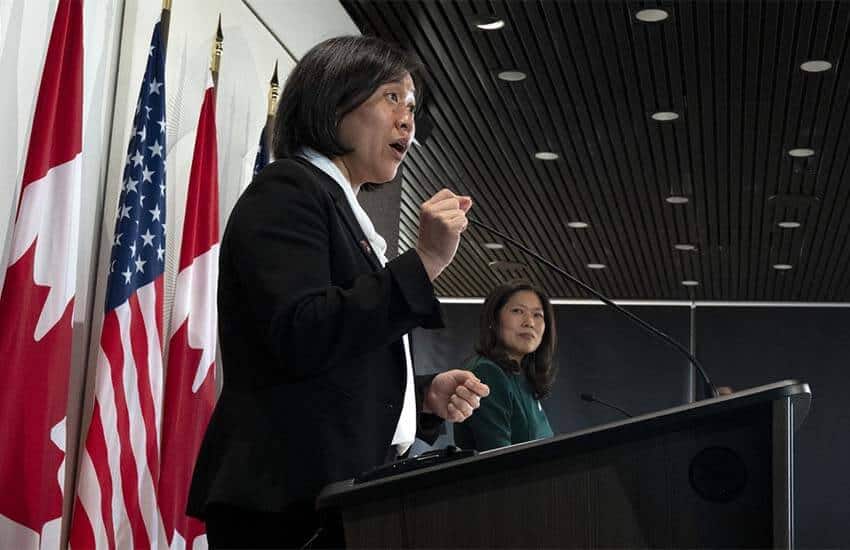Bank of America (BofA) has lowered its 2023 growth forecast for the Mexican economy from 1% to 0%, predicting that GDP will stagnate as the United States economy slows.
In a note published Wednesday, the bank predicted that an economic deceleration in the United States, “in part driven by higher interest rates,” would be the main driver of a slowdown that would put Mexico on the brink of recession.
It said the fortunes of the United States and Mexican economies have historically risen and fallen together and that it expects that a U.S. slowdown will extend to Mexico “with a lag.”
BofA predicted that internal factors will also contribute to a slowdown here, specifically citing higher interest rates, tight fiscal policy and renewed uncertainty generated by the energy dispute between Mexico and its North American trade partners.

The central bank raised its benchmark interest rate by 75 basis points to 7.75% in June and is expected to lift its key rate again next week as it attempts to tame inflation that rose above 8% in the first half of July. BofA predicts that the benchmark rate will be 9.5% at the end of the year and remain at that level through 2023.
The energy dispute precipitated by federal government policies that favor the Federal Electricity Commission and state oil company Pemex over private and foreign firms intensified in late July when both the United States and Canada launched challenges under USMCA, the three-way North American trade pact.
BofA said the formal dispute resolution process requested by the U.S. and Canada due to Mexico’s “nationalist energy policies” would take “many months” and could result in the imposition of tariffs on Mexican exports. Uncertainty about the potential tariffs dissuades investment in Mexico, it said.
BofA said that one factor that could cushion the anticipated slowdown is remittances, which reached a record high of over US $27.5 billion in the first six months of the year.

The bank’s 2023 growth forecast for Mexico is below the current outlooks of many other financial institutions, but not as gloomy as Moody’s Analytics’ prediction that the economy will likely fall into recession next year.
On a positive note, BofA raised its 2022 forecast to growth of 1.9%, a 0.2% uptick compared to its previous prediction. Better than expected economic results in the first half of the year – annual growth was 1.9% in the April to June quarter – were the catalyst for the upward revision.
In contrast, Ve Por Más (BX+), a Mexican bank, cut its 2022 forecast by 0.2% to 1.8%. It also made a slight downward adjustment to its 2023 growth outlook, but at 1.7%, it is decidedly more optimistic than that of BofA.
BX+ chief economist Alejandro Saldaña said Wednesday that “the engines of economic growth are cooling due to inflation and [high] interest rates.”
“We’re no longer so worried about production obstructions, now it’s [consumer] demand that concerns us,” he told a virtual press conference. Saldaña noted that the government is following a policy of austerity and therefore federal expenditure won’t be an “engine for growth in the coming quarters.”
With reports from El Universal and Expansión
